FULL SUN
Full sun, some
pH
Neutral
FEEDING
None needed
PLANTING
March- April
Whether you love them or hate them, there is no denying that okra is one of the easiest plants to grow in really hot climates. The plants are sculptural and beautiful, and also provides dappled shade to other plants that could use some relief from the sun. Okra belongs to the mallow family and is related to cotton, hibiscus, and hollyhocks. All parts of the plants are edible. The roots can be dried and used in the same manner as mallow roots. The leaves can be added to soups and stir-fries and the flowers are edible too. Okra is popular in Africa and Southern Asia and grows well in tropical, subtropical, and temperate regions.
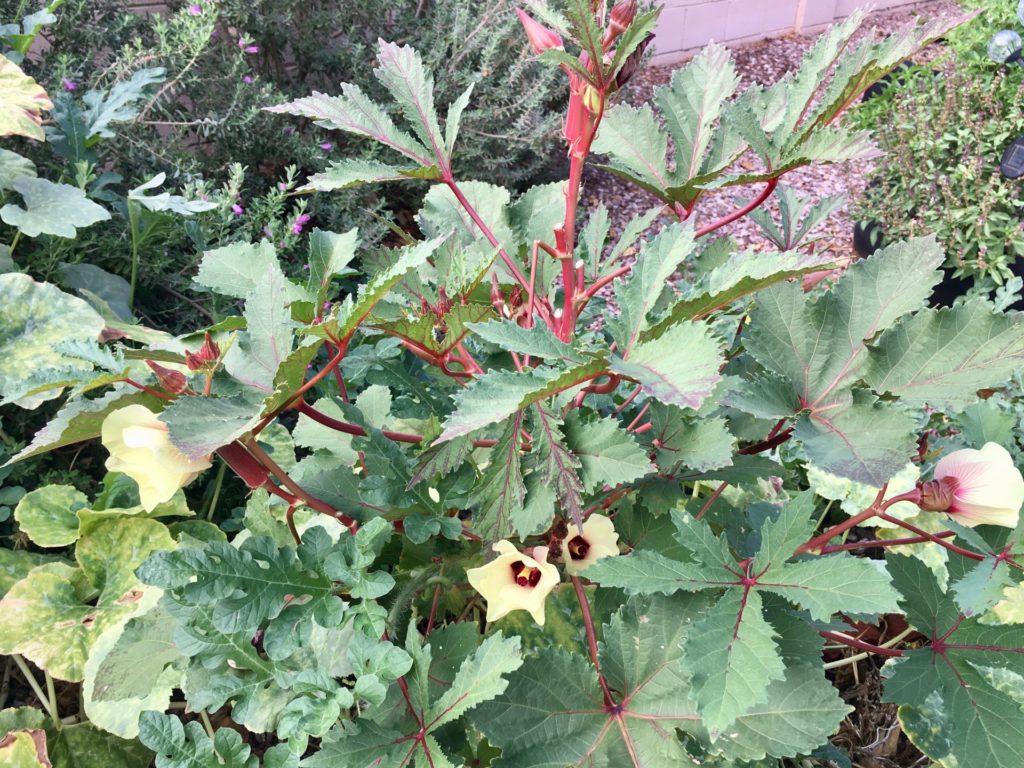
Varieties:
Varieties:
There are many varieties in cultivation and all are worth trying. This is a sampling of a few personal favorites.
- Clemson Spineless: Common variety. Dependable, and prolific
- Burgundy Red: Stunning long deep red pods that are tender and prolific. Very beautiful and ornamental looking.
- Jing Orange Okra: Bright rust-colored pods that are tender and delicious. 6-8 inch long pods, this Chinese variety is a best seller. Very tender.
- Heavy Hitter: As the name suggests, an extremely prolific variety, producing as much as 250 pods per plant.
- White Velvet: Smooth pods that are almost silvery-white. Vigorous 10 ft tall plants that are spineless and easy to pick.
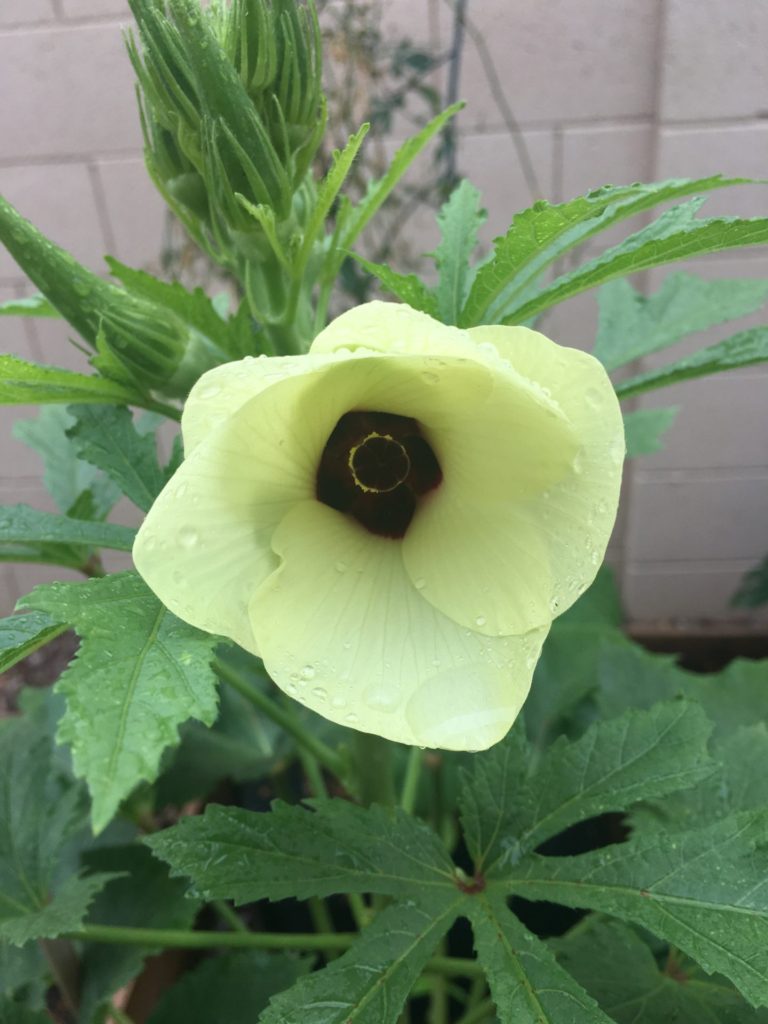
HOW TO GROW
- Sow from March to April. They can be started earlier as seedlings and transplanted or they can be direct sown. Seeds take 6-18 days to germinate. Soaking the seed overnight helps germination.
- Okra will grow in a variety of soils and can be drought-tolerant, although it will do better with regular watering in desert conditions.
- The plants can get large, plant at least three feet apart, Some varieties could reach up to ten feet tall.
- When the plant starts to bloom, new flowers will open each day all through summer and into late fall. Flowers remain open only for part of the day and the next day, a small pod will be visible. Sometimes a pod forms without the flower opening.
- No hand-pollinating is necessary.
- Ants are always present on okra plants, they will not harm the plant.
- Can be grown in large containers or grow bags. Keep well watered.
- Plant 2-3 plants per person, if space allows.
POSSIBLE ISSUES
Spider Mites
- Hose off frequently in very hot dry weather to keep spider mites in check. Spray the underside of leaves with kaolin clay to help deter spider mites.
Soft -Bodied Insects
- Like many gardening plants, okra can be plagued with aphids, whitefly, and other soft-bodied insects. Monitor pests and remove infected areas by hand. Encourage beneficial insects such as lacewings, ladybugs, and assassin bugs.
Cucumber Beetles
https://www.gardeninginthedesert.com/product/triple-threat-beneficial-nematodes/Use kaolin clay as a spray over plants when cucumber beetles show up. Spray both the underside and topside of plants. These beetles do spend part of the lifecycle in the soil and are very effectively treated with beneficial nematodes.
Companion Planting
Okra will provide shade for plants more sensitive to the sun. Plant melons, squashes, peanuts, peppers, and herbs below okra. Cowpeas can be grown around them as they will provide support for cowpeas. They are also suitable for planting in permaculture guilds.
Harvesting
Once the plants’ plant starts flowering watch closely for pods. Each pod should be picked between the 3-4th day of development., normally while they are less than 5 inches long. Some varieties however may exceed 5 inches even while this young as they are varieties that grow really long pods. Pods are best picked every day to every second day and stored in the fridge until they are cooked. As the pods remain on the plant, they get woody and inedible.
Saving Seed
Allow the pods to mature and dry out on the plant, usually, this can be around December. Remove the seeds from the pod and dry out for a further 3 weeks before storing them in paper envelopes or glass jars.
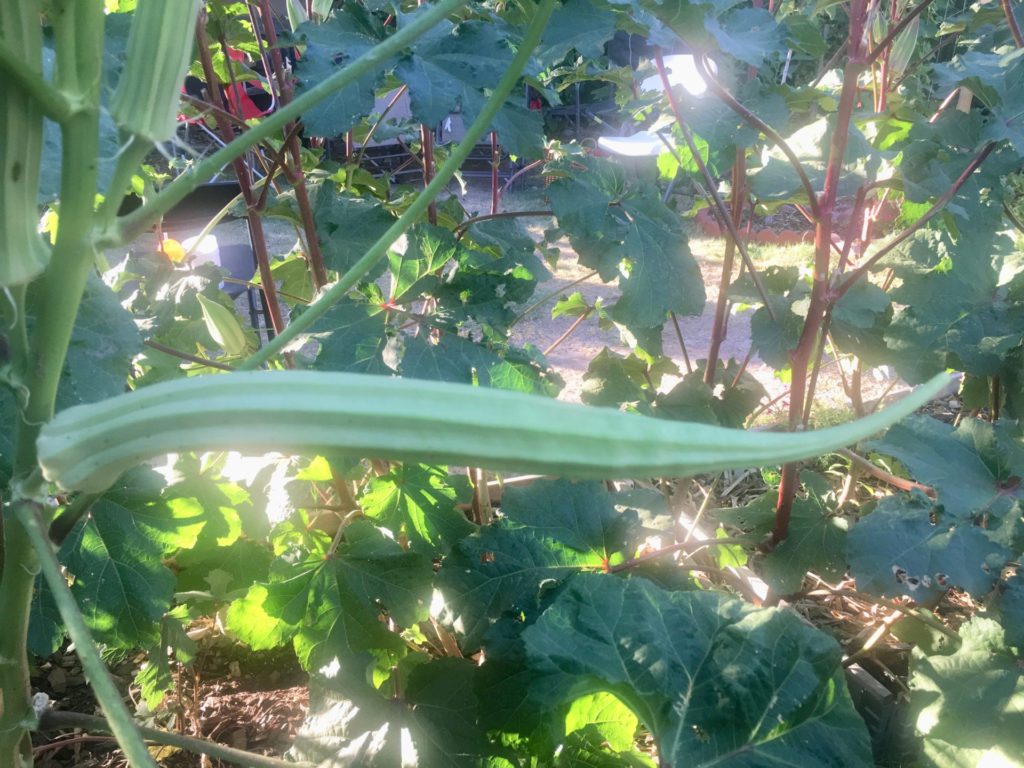


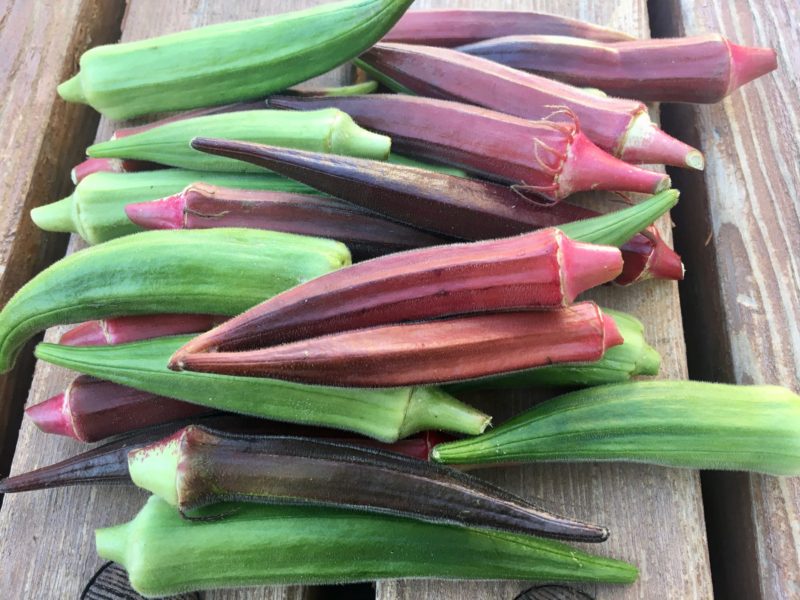
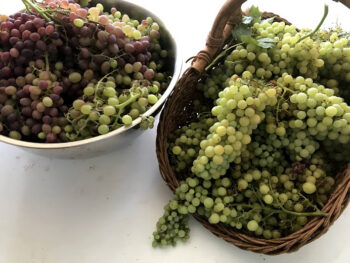
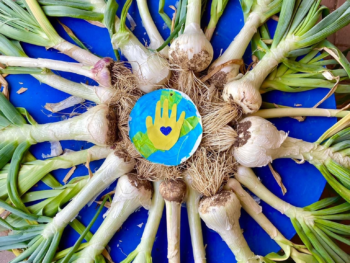
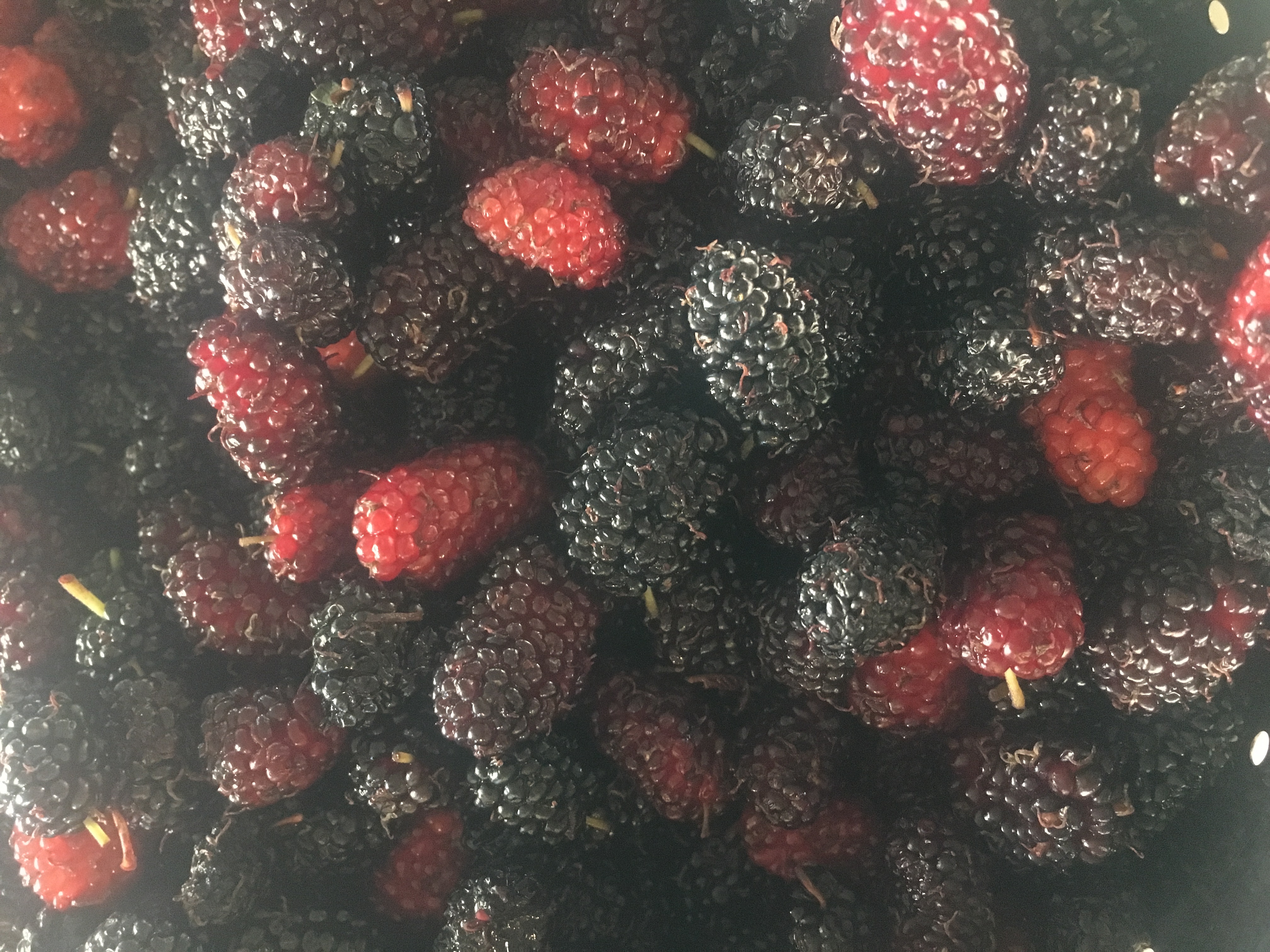
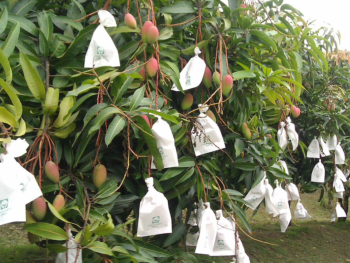
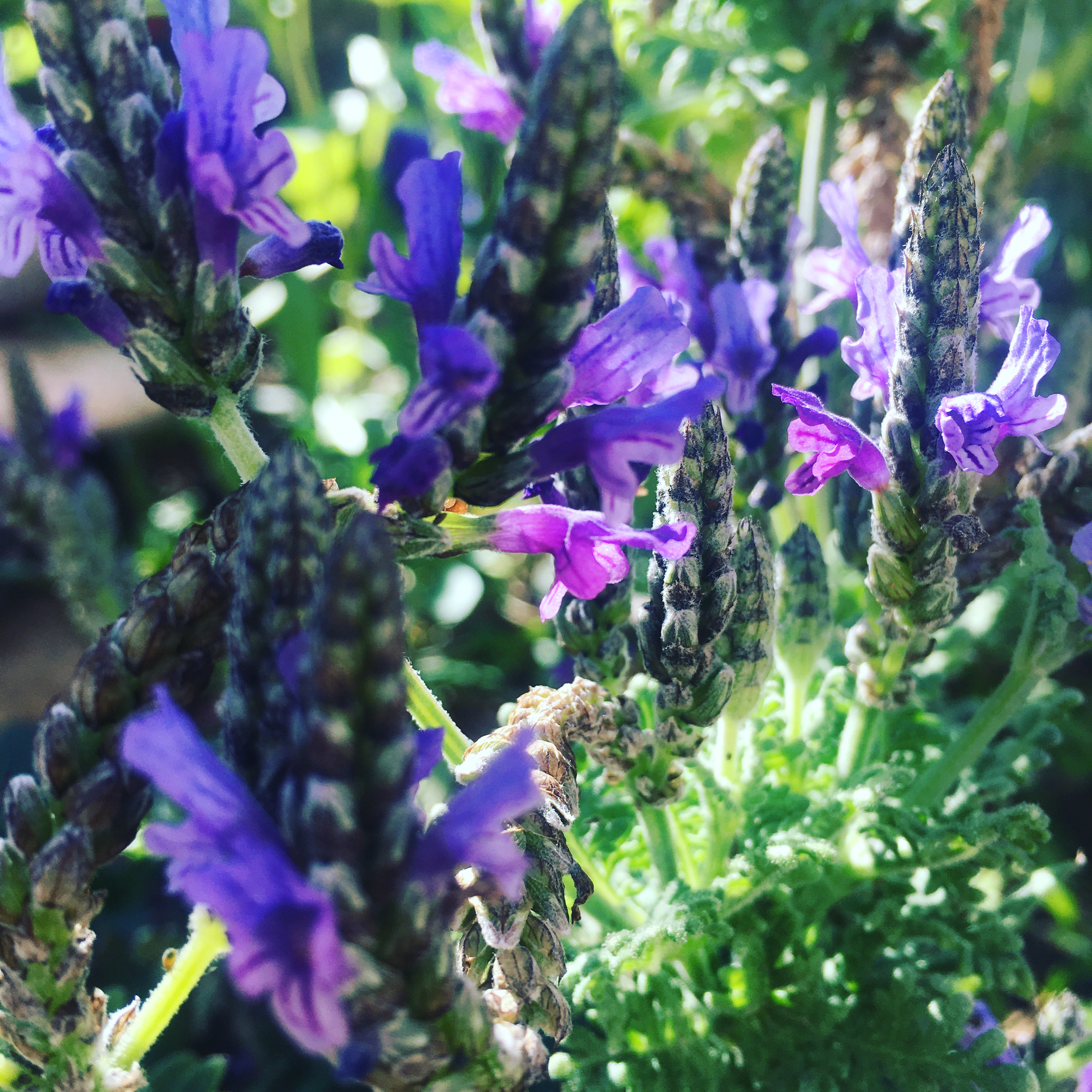
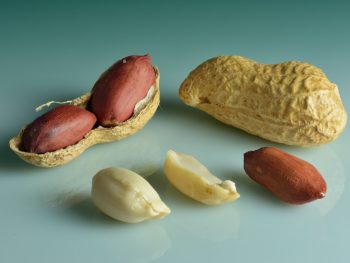
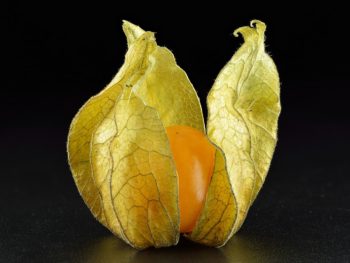
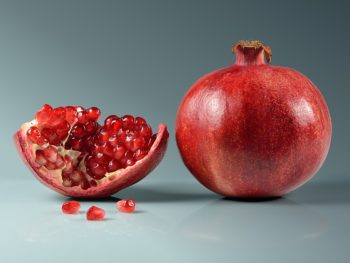
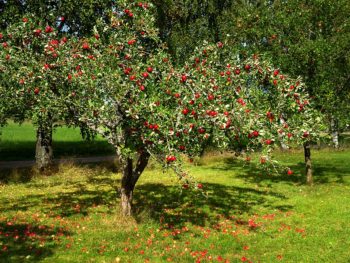
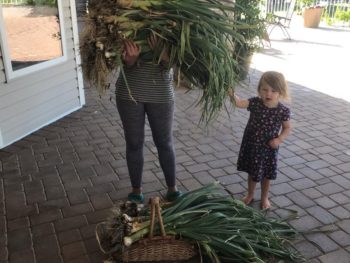
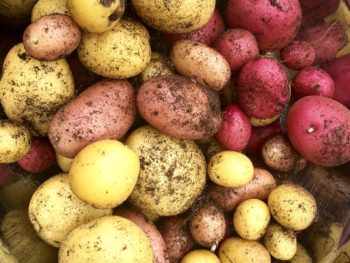
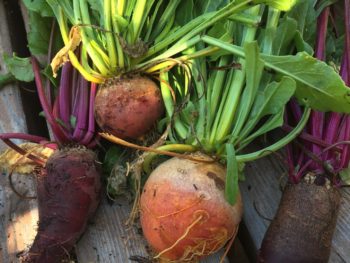
 Beneficial Nematodes- Why Your Garden Needs Them?
Beneficial Nematodes- Why Your Garden Needs Them?